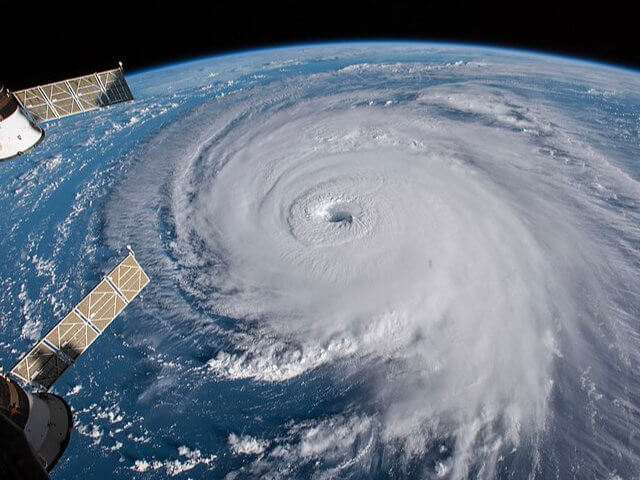This web application is dedicated to displaying today's barometric pressure, histories, forecasts, and maps for any location worldwide.
Are you near Dallas ?
Find out what the barometric pressure is today near you by clicking on the suggested city above or finding it on the list of more than 600 cities.
Barometric pressure, also known as atmospheric pressure, is the weight of the air in the Earth's atmosphere. It is the force exerted by the atmosphere onto everything within it, including the Earth's surface, objects, and living things.
Changes in barometric pressure are often associated with changes in weather, with high pressure often indicating clear skies and good weather, and low pressure indicating clouds, precipitation, and potentially stormy weather.

Barometric pressure can also affect the behavior of some people and animals, with changes in pressure potentially causing headaches, joint pain, and other symptoms.
Barometric pressure is measured using a barometer, with units such as inches of mercury (inHg) or millibars (mb) commonly used. Standard atmospheric pressure at sea level is typically around 1013.25 mb or 29.92 inHg.
Barometric pressure can also be used to calculate altitude, with lower pressure indicating higher altitudes and higher pressure indicating lower altitudes.
This can be useful for navigation, especially in areas where GPS or other electronic navigation methods may not be reliable.
Overall, atmospheric pressure, also known as barometric pressure plays an important role in both the weather and the health and well-being of living things on Earth, making it a crucial element to monitor and understand.
What are high and low barometric pressures? Barometric pressure above 1023 hPa (30.2 inHg) when adjusted to sea level is considered high pressure, while below 1009 hPa (29.8 inHg) is considered low.
Typically, in areas inhabited by humans, the barometric pressure will remain within the normal range of 1009 to 1023 hPa (29.8-30.2 inHg).
The global average barometric pressure at sea level is approximately 1013.25 hectopascals (hPa), or 29.92 inches of mercury (inHg). This is often referred to as one standard atmosphere (atm) of pressure.
However, it's worth noting that barometric pressure can vary depending on location and weather conditions.
Check out the cities we've recently added to our list of monitored locations. If you can't find the city you're looking for, please use the search button at the top of our site.
Changes in barometric pressure can cause headaches in some people.

When there is a drop in the barometric pressure, such as before a storm, it can cause the expansion of the blood vessels, resulting in increased pressure in the head.
This can trigger barometric pressure headaches or migraines in some individuals.
However, not everyone is affected by changes in barometric pressure, and there can be other factors that cause headaches as well.
Barometric pressure in a hurricane tells us how strong or weak the storm is. When the pressure is low, the hurricane is intense, and when it's high, the storm is weaker.

Normally, the air pressure at sea level on a calm day is around 1013.2 millibars. But during a hurricane, at the center called the eye, the pressure can drop a lot, sometimes below 900 millibars.
This means the air in the eye is lighter than the air around it, creating a big difference in pressure. This causes air to rush from high to low pressure, making strong winds and thunderstorms.
For example, in Hurricane Wilma in 2005, the pressure dropped to 882 millibars, the lowest ever recorded in the Atlantic.
Other powerful hurricanes with low pressures include Hurricane Gilbert (888 millibars) in 1988, the Labor Day Hurricane (892 millibars) in 1935, and Hurricane Rita (895 millibars) in 2005.
These storms were all extremely destructive and reached Category 5, the highest level on the hurricane intensity scale.
Track seasonal allergies just like barometric pressure! If you're in Europe, we recommend this site for today's pollen count forecast in major cities. Stay informed and prepared with over 100 supported cities, including London pollen count, Copenhagen, and more!
Alongside watching the barometric pressure, don't forget about UV rays. Check today's UV index online for a safer trip. If you're heading somewhere sunny, remember sunscreen, a hat, and shade breaks.